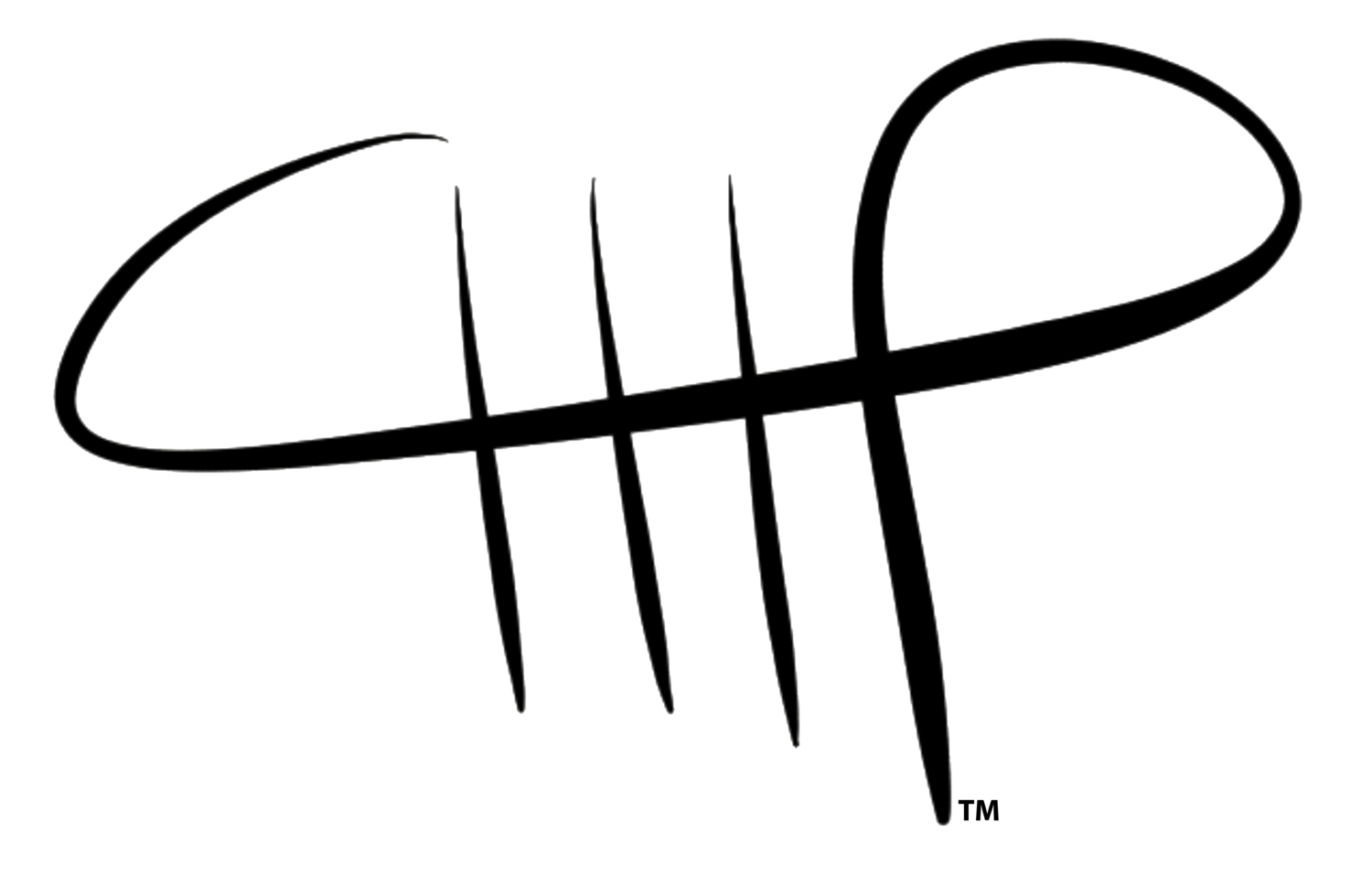30. Depth of Field
Today is 10 days from the first anniversary of Dad’s passing. I’ve committed to writing 40 stories about him as that day approaches. Forty Steady Stories.
My wife, Emma, and I love The Great British Baking Show on Netflix. We’ve watched all nine seasons together sitting side by side. Just a week ago on December 10, we watched the final of the 9th season and saw Giuseppe win the title.
He learned how to bake by watching his dad. At the very end of the show just before the credits, they showed a picture of Giuseppe and his dad with this caption, “To ensure all their family recipes are passed on… They are planning on writing a book together.”
I lost it. My immediate thought was: “Wow, I sure would have loved to have written a book with Dad.” He always wanted to write a book, and he piddled with ideas for decades. Dad had a legal pad of ideas for his first book 101 Uses for a Plumber’s Friend. I’d give anything to have that list now! Dad wrote bits and pieces over time, but mostly Dad “wrote with light” through photography. After all, as I’ve mentioned, that’s what the word “photography” means.
I could write forty posts on just analogies and stories from the photography and photography lessons from Dad’s life: how the lenses change the view, how the “rule of thirds” makes almost all pictures better, and how the catchlight in the eye brings a photograph to life.
For now, I’ll just share one quick lesson my dad taught me in the days before iPhones and dinkshooters began to do all the calculations for us. One of three things that affects a photograph is aperture. (The others are film speed and shutter speed.) Aperture controls the “depth of field” which determines how much of the picture is in focus. For instance, look at this photo of a bluebird from last summer:
If you zoom in on the bird, you can see the catchlight in his eye, the fact that he’s standing on one leg, and a lot of details in his feathers.
Now look at this cow:
Now what if I told you that this is the exact same scene, and the only thing different is what I chose to focus on. Look closer and you’ll see what I mean.
Life is very much the same. What we choose to have as our depth of field often determines how well we understand different viewpoints and perspectives. It doesn’t change the facts of the scene — since both animals were there (and actually a horse behind the cow!) — but the lens I use can sometimes obscure the whole picture. Now, sometimes that’s a good thing; sometimes, it’s not.
I learned things like that from watching Dad take pictures and having him teach me to pay attention to the depth of field. Dad helped me understand principles like that and how it can apply to everything from photos to people. I’m pretty comfortable around a bunch of different types of people. Most of the reason I am is that Dad showed me how to relate to people different than me. I watched him in boardrooms but also in dirty overalls and a trucker’s cap counting plumbing fittings in a warehouse. He was the same person in both places. As I’ve mentioned (in post #20), he was an ƒ/8 and be there kind of guy, and ƒ/8 is, after all, an aperture setting.
The simpler — and yet so profound — term for all this is… Grace.
Dad wrote with light. He wrote by the way he lived his life and cared for people. I am writing with words — which really is just another camera angle on his life. I’m capturing Dad’s extraordinary life using these words as the lens. I guess in a way, I am writing these stories down to remind me that my dad simply changed his home address last December 28. I will see him again — of this, I have NO doubt whatsoever.
I know that because he taught me how to see the depth of field.





